When removing any invasive plant, it is important to replace it with native plants, or else the invasive can come right back. There are numerous native grasses, as well as broadleaf herbaceous plants, which can be substituted for stiltgrass, and which can successfully out-compete it once established.
Grasses: An ecologically similar grass which is native, looks somewhat similar, and often can thrive in similar conditions, is Leersia virginica, called "white grass". Leersia virginica grows best in a rich soil with ample organic material. A different-looking grass that also prefers similarly moist, partly-shaded conditions is Nimblewill, or Muhlenbergia schreberi; I've found this species to effectively out-compete stiltgrass once it gets established, especially in the slightly gravely soils that it prefers.
In areas with taller growth, I have had good luck replacing stiltgrass with the very different native species Chasmanthium latifolium. This perennial grass is a little slower to get established, but will eventually grow much taller. The Elymus genus also contains several species, mostly with a clumping habit, that grow in similar habitat, such as Elymus riparius (Riverbank wild-rye), Elymus hystrix (Bottlebrush grass), and Elymus virginicus (Virginia wild-rye). These grasses are easy to grow from seed; often, merely scattering the seed in the right habitat is enough to get them established.
There are also many herbaceous broadleaf plants that can grow in similar conditions and out-compete it.
Broadleaf Annuals: Clearweed, Pilea sp., an annual which likes wet areas in part shade. A taller, somewhat more aggressive plant that has a stronger preference for wet conditions is Jewelweed, Impatiens capensis. Acalypha (mercury or copperleaf) is another annual plant that can also replace it, liking slightly drier conditions than clearweed. Acalypha rhomboidea is the most common and vigorous species.
Broadleaf Perennials: Honewort, Cryptotaenia canadensis, is a perennial that often thrives in similar conditions. A slightly taller-growing native plant, Persicaria virginiana, can establish perennial colonies from underground rhizomes, and also shut out this plant. Another interesting plant is Boehmeria cylindrica, or false nettle, which resembles stinging nettles but does not have stinging hairs. Two perennials with showy blossoms in fall, that can outcompete this plant, are blue mist flower, Conoclinium coelestinum, which likes moister conditions, and White snakeroot, Ageratina altissima, which tolerates a wide range of conditions.
I often see these plants growing in similar conditions to stiltgrass, sometimes growing in it and often out-competing it.


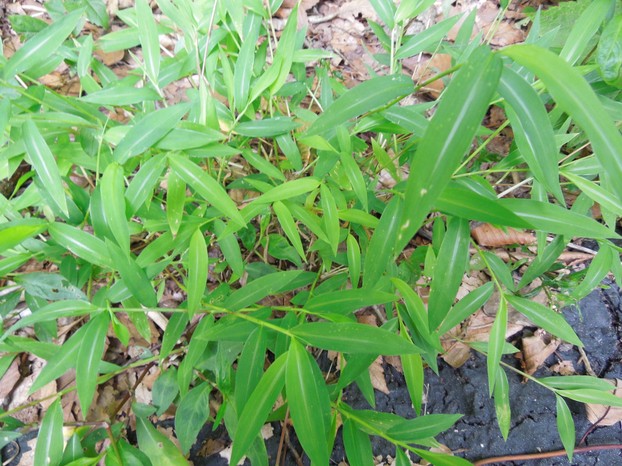
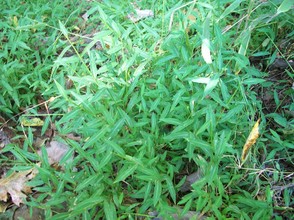
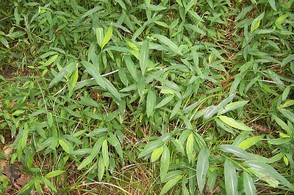
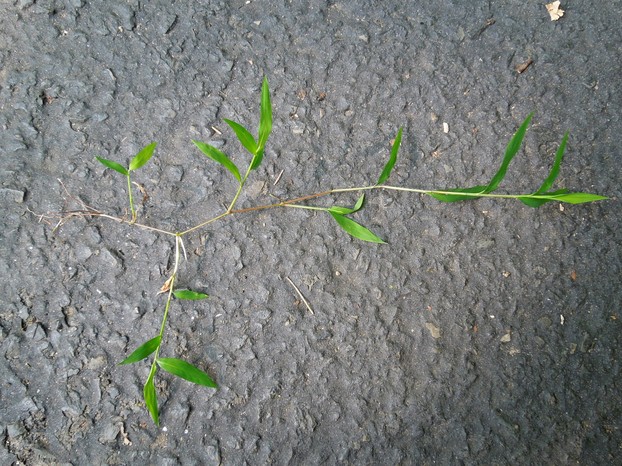
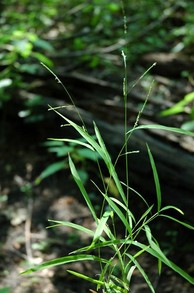

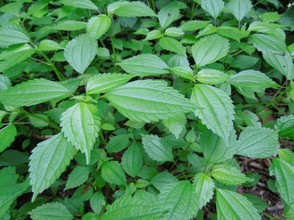
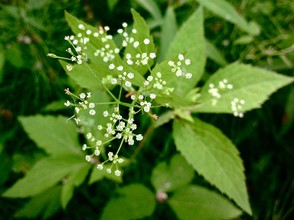







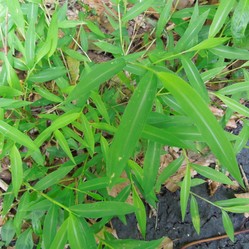

 The Shaming of Femininity and Elevation of Masculinityon 07/13/2017
The Shaming of Femininity and Elevation of Masculinityon 07/13/2017
 What is Genderqueer or Non-Binary Gender?on 10/16/2015
What is Genderqueer or Non-Binary Gender?on 10/16/2015
 Resources for Learning Spanish Free Onlineon 04/13/2016
Resources for Learning Spanish Free Onlineon 04/13/2016
 Ways Native Plants Can Help Control Invasive Plantson 05/26/2016
Ways Native Plants Can Help Control Invasive Plantson 05/26/2016

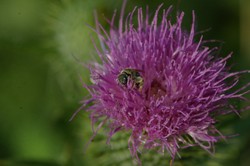
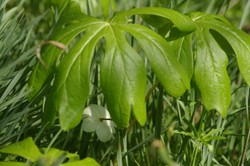
Questions? Comments? Feedback?